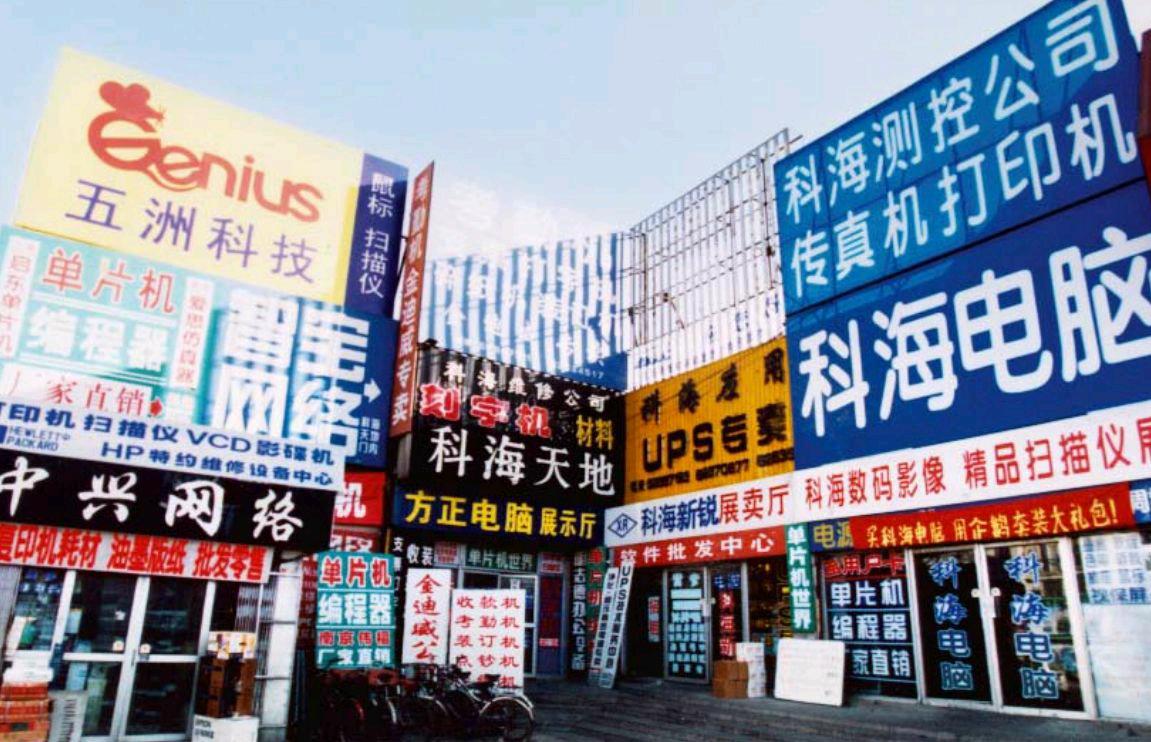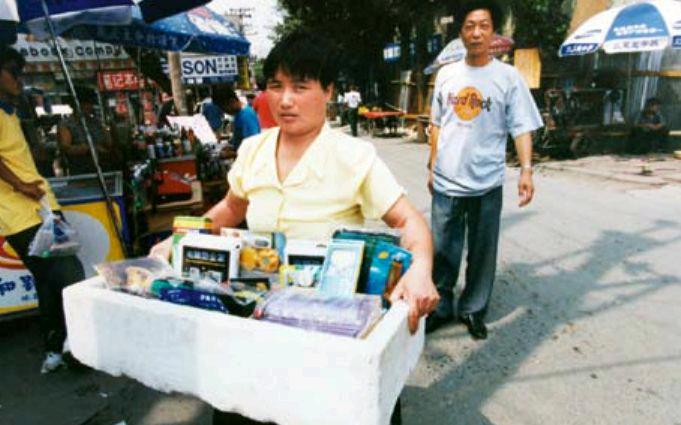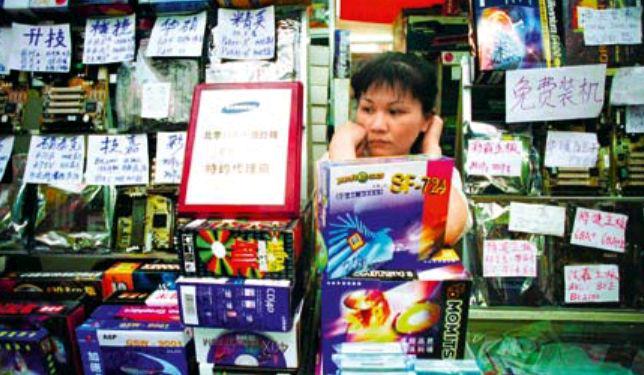Nascent 90s:Reform and Rebirth
by+Zi+Mo
The year 1988 marked an important turning point in Zhongguancuns history. That year, Chinas first state-class high-technology industry development experimental zone was established, which covered 100 square kilometers of Beijings Haidian District, with Zhongguancun area at the core. In the 1990s that followed, Zhongguancun witnessed rapid growth.
Shortly after the turn of the 1990s, as China further opened its market, foreign computer brands including HP began to swarm the country, pushing some domestic brands out of Zhongguancun, then the largest PC trading hub in China. For instance, Chinese computer company Great Wall sold more than 10,000 personal computers in 1990, but its market share shrank quickly with the entry of its international rivals. The same can be said of Inspur, another Chinese computer manufacturer.
However, this did little to stop a stream of entrepreneurs from plunging into the industry in Zhongguancun. Speeches by Deng Xiaoping during his inspection tour of southern China re-ignited passion for reform, and “establishing socialist market economy”became the primary goal of the nation. Against this historical backdrop, a number of new enterprises mushroomed in Zhongguancun. Statistics show that by the end of 1993, the number of enterprises registered in the area had reached 3,769, nearly three times of the figure two years earlier.
Meanwhile, modern corporate organization such as joint stock systems began to be introduced to Zhongguancun enterprises that had been founded in the 1980s, including Lenovo (then named Legend). In 1993, after a year of negotiation, Liu Chuanzhi, then chairman of Legend Group, converted the formerly state-owned company into a joint stock company, in which the Chinese Academy of Sciences (CAS) held a 20 percent stake, the CAS Institute of Computing Technology 45 percent, and its executives and employees the remaining 35 percent. At the same time, Stone Group, then an iconic corporation under the leadership of Duan Yongji in Zhongguancun, began to seek cooperation with multinational giants. In several years, it developed into a business conglomerate with more than 50 solely-owned companies and joint ventures, as well as four overseas branches.
“Zhongguancun has made its second liftoff,” declared Wang Sihong, then director of Zhongguancun hi-tech industry development experimental zone. “The word ‘experimental allows us to attempt things that have never been done before. In fact, Zhongguancun was one of the forerunners in China to introduce the joint stock system.”

Around 1994, after enduring the pains of restructuring and reorganization, some Zhongguancun enterprises began to expand their reach nationwide and even test the waters of overseas capital markets. In August 1993, Stone Group became the first Zhongguancun company to be listed in the Hong Kong stock market, followed by Legend in 1994 and then Founder in 1995. By doing this, those companies found a new path to fundraising. Before that, they primarily depended on public money or reinvestment of their own profits.
Like anywhere else, Zhongguancun couldnt develop without funds. But for those who lacked money but had technical ability, Zhongguancun also became a paradise. In 1996, Wang Jiangmin arrived in Zhongguancun with nothing but the anti-virus software KV100 he developed, and founded his own company. In the battle against macro viruses, Wang established a reputation as a “virus fighter” in Zhongguancun. At the same time, Vincent Qiu, inventor of WPS Office, and Wang Wenjing, developer of Yongyou financial software, started their respective businesses in Zhongguancun.
As the software industry began to boom in Zhongguancun, piracy quickly grew into a serious problem plaguing the area. In the second half of the 1990s, vendors hawking pirated discs were commonplace on Zhongguancun streets and overpasses. After the countrys admission into the World Trade Organization, the Chinese government took stricter measures to crack down on piracy. Only then did Zhongguancun shed its notoriety as a “pirated software street.”
Throughout the 1990s, Zhongguancun saw the United States Silicon Valley as a model. Indeed, the two shares some common traits: Silicon Valley has Stanford and University of California-Berkeley, and Zhongguancun has Tsinghua University and Peking University; Silicon Valley has a concentration of hi-tech companies including Intel and HP, and Zhongguancun is also home to many Chinese technology giants such as Lenovo and Founder. Although already dubbed “Chinas Silicon Valley”, Zhongguancun still lagged far behind its U.S. counterpart in terms of technological innovation and capital operation in that era.
Fortunately, Zhongguancun has never stopped accelerating its pace of catching up. By the end of 1990s, some Chinese people including Robin Li returned from Silicon Valley to Zhongguancun and started their internet companies with the help of U.S. venture capitalists, heralding the arrival of the internet era in Zhongguancun.
